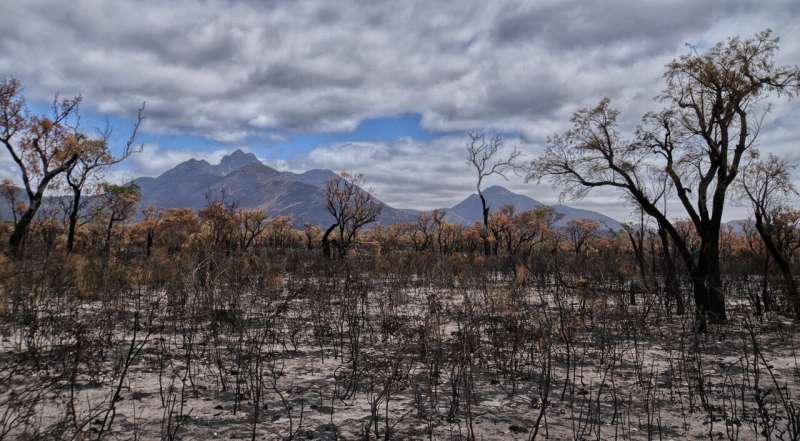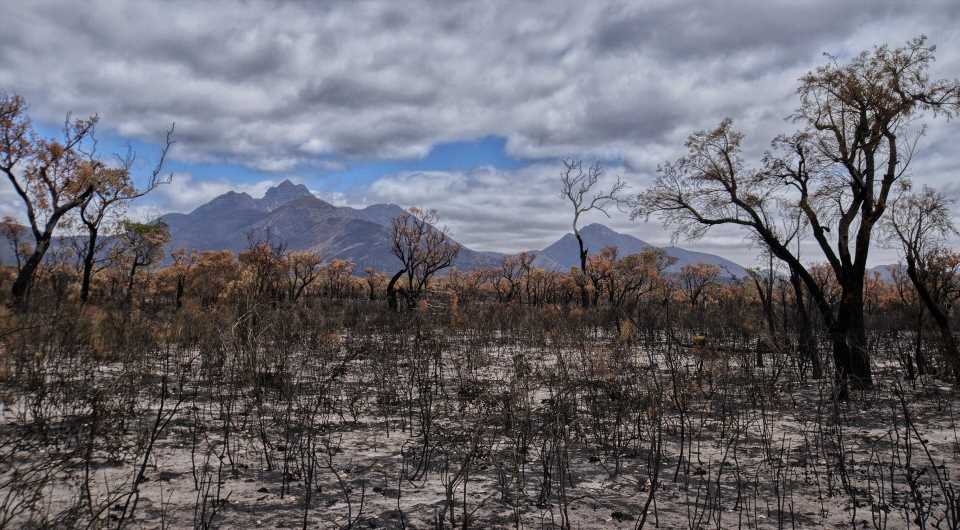
Australia is heading for a “perfect storm” as climate change ramps up the frequency of disasters and as the population is fatigued, vulnerable and less resilient thanks to almost three years of continual emergencies, according to the author of a Perspective published today by the Medical Journal of Australia.
Professor George Braitberg, Professor of Emergency Medicine at the University of Melbourne and Austin Health, wrote that the impact of a disaster could be determined by three factors:
- the hazard itself (an extreme event that can be natural or man-made);
- the vulnerability of the affected people; and
- the capacity or measures that can be taken to reduce or cope with the potential negative consequences.
“Seen through a disaster medicine lens, we are approaching a ‘perfect storm,'” wrote Professor Braitberg.
“We have a complex hazard that is affecting a fatigued community with lowered resilience, without agreement on a comprehensive set of measures that can be taken to mitigate the impact.”
There is currently no declaration of a climate emergency at the federal level of government in Australia. As such, there is no agreed definition of the problem, and therefore no clear roadmap to dealing with emergencies.
“We need systems in place that address the core problem and assist in managing the related disaster events,” wrote Professor Braitberg.
“We should stop blaming ‘nature’ or construe them as ‘acts of god’ so that we can prepare accountable, proactive preventive approaches to reduce their impact.
“Attributing disasters to nature provides a convenient rationalization for individuals whose role is to develop policy and the strategic and instrumental measures needed to reduce the risk, hazard and vulnerability impact and improve community resilience.”
Professor Braitberg warned that the Australian community was “tired.”
“Since December 2019, Australia has faced continuous challenges to community resilience,” he wrote.
“The 2019–2020 bushfires burned over 17 million hectares across the country, which was the largest area in a single recorded fire season for eastern Australia. Tragically, 34 people died, and the losses of $1.9 billion in insurance claims exceeded the Black Saturday fires of 2009.
“To 12 September 2022, Australia has reported 10,112,229 confirmed cases of COVID-19, with 14,421 deaths.
“It would be fair to say that our community and health care worker resilience to withstand further disasters is challenged; a consideration that is important when we consider our capacity to respond to, and recover from, climate change-driven disasters over the next decades.
Source: Read Full Article
